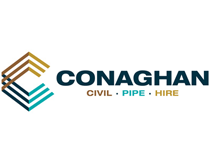Bark Inclusions
Trees often grow with two (or more) trunks. These are called co-dominant stems, and they are generally structurally solid.
Sometimes though, a fault will develop, which may cause one or both of the trunks to collapse.
These faults are internal and can be challenging to recognise. The main external symptom of such a fault is called included bark. This may appear as a crack in the bark between the trunks (where they meet) and maybe on one side only or right through the trunk/stem union. Included bark appears different to a more common bark split because its edges fold in (into the split), whereas a bark split has sharp edges.
Included bark can also be described as ingrown bark, where the two sides that touch have grown inwards against each other.
Included bark can also be present in branch unions.
When included bark is found in between co-dominant stems or branch unions, it is a reliable indicator that the union will eventually split and a stem or branch will fall.
Sometimes the risk can be mitigated by pruning one stem or a branch; however, in the case of co-dominant trees, removing one stem removes up to half of the tree canopy. This may result in tree death due to loss of too many leaves which produce food for the tree.
We’ve had the privilege to work with some wonderful local businesses
From Port Stephens to Newcastle and the Hunter we have worked with local businesses such as LJ Hooker, Port Stephens Council, Defence Housing Australia, Transfield and many more.













